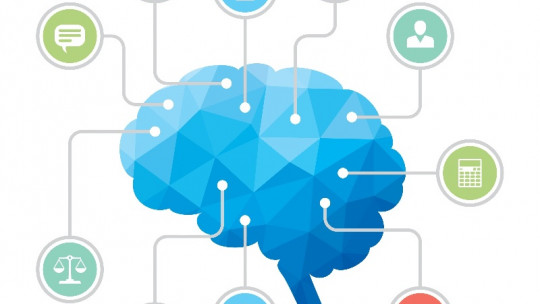There are many efforts made to convert the chaos of psychological knowledge into a well-organized, systematized and empirically validated theoretical corpus that meets the criteria of the scientific method.
For this, Psychology uses a series of study methods that allow psychologists to approach the questions that arise in the most optimal way and with the least number of biases, in order to build knowledge that will serve as the basis for new hypotheses.
There is no one method better than another, each has its advantages and disadvantages. It is rather a matter of choosing the method that best approaches the phenomenon we want to know. Depending on our objective, we will use one or the other. Let’s see below which are the most used.
Study methods in psychology
Typically, research methods in psychology are divided into three large families The correlational method, the descriptive method and the experimental method, each with its particularities and advantages over the others.
Although we will not see the entire family tree of study methods, we will specify some methodologies that are particularly important for the study of psychology.
1. Correlational method
When we talk about correlation, we refer to the association between two variables. A correlation indicates how many of the times we observe phenomenon A, we can simultaneously observe phenomenon B. For example, If we take the variables “socioeconomic level” and “academic success” we can ask ourselves if these two correlate , that is, if the appearance of one predicts the appearance of the other. If after examining a sample we found that the increase in one is associated with the increase in another, we could speak of a positive correlation.
This is useful because it allows predictions to be made. If we know that weight and height correlate positively, when we see a tall person we can predict that he will have a high weight. At this point we must stop and make a distinction between association and causality
A correlation indicates a predictive association, but does not provide an explanation for why it happens. We often reason fallaciously and assume that when two phenomena occur together, one causes the other. Many times we ignore the presence of third variables that mediate the relationship between one phenomenon and the other. This is why to deduce causality we use another method that we explain at the end of the article.
Psychologists use the correlational method to obtain information about phenomena that are impossible to reproduce. in laboratory conditions. For example, if we want to examine the relationship between alcohol intake and the number of visits to emergency services, it would be optimal to design a correlational study to see how as alcohol consumption increases, the number of visits also increases.
2. Descriptive method
Psychologists choose this method of study when we want to describe a phenomenon as it occurs , meticulously and exhaustively in all its aspects. It consists of any attempt to determine or identify what the phenomenon is without going into the why, when or how.
It is the method we choose when we want to answer questions like: “What attitudes do people over 65 years of age in rural environments have towards homosexuality?” Through surveys, case studies and systematic observation it is possible to answer non-quantifiable questions. Likewise, it allows us to make a first approach to an issue that can be more thoroughly addressed through correlational or experimental studies.
3. Experimental method
Within the study methods of psychology, The experimental method aims to elucidate what the cause-consequence relationship is. through the manipulation of one of the variables. They are called laboratory studies. This method has the advantage of being objective, the researcher’s preconceived ideas have little weight on the results and hardly generate bias.
For this reason, it is the method par excellence if we want to obtain safe, reliable and accurate data when the phenomenon to be studied allows it. This does not mean that they are the only type of studies valid for generating knowledge, it is possible to generate knowledge through correlational studies, but experimental designs allow a greater degree of security and explanation.
In experimental studies, the researcher modifies a variable that he controls, called the independent variable, to observe changes in a second variable, the dependent variable.
For example, If we want to observe the causal relationship between the administration of a drug and the disappearance of symptoms, we will use the experimental study method Dividing the sample into two groups, where one is administered a drug and the other a placebo, if we measure the symptoms at various points in the research we will obtain experimental data about how the dependent variable “symptoms” disappears when we introduce the independent variable. drug”.
To know how much the dependent variable has changed after the introduction of the change, it is essential to collect data before the change. This is the so-called baseline, the experimenter’s starting point.
4. Study with twins
Sometimes psychologists use methods that do not fall into one of these three large families. For example, When we want to know if personality is the result of socialization or if it is heritable, we use twin studies In these studies we take twins separated at birth who grow up in different families and study their personality at different points in their lives.
Over time, we compare the differences between twins and, with a large enough sample of twins, we can get an idea of how much is due to genetic factors and how much is due to the way the children are raised.
5. Computer models
Another way to study behavior is through computer models This is a very common method in the study of thought. It consists of developing a theory about how a specific mental process works, for example word recognition, and creating a program that simulates this process as we think it occurs. We then test different hypotheses through this program, performing simulations just as a human would do. However, the validity of this method depends on how valid the theory that supports it is.









